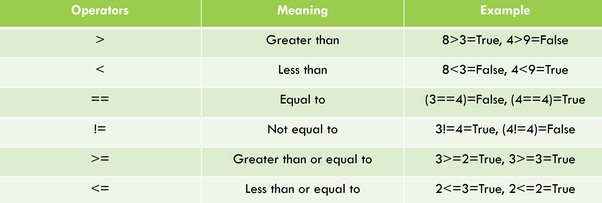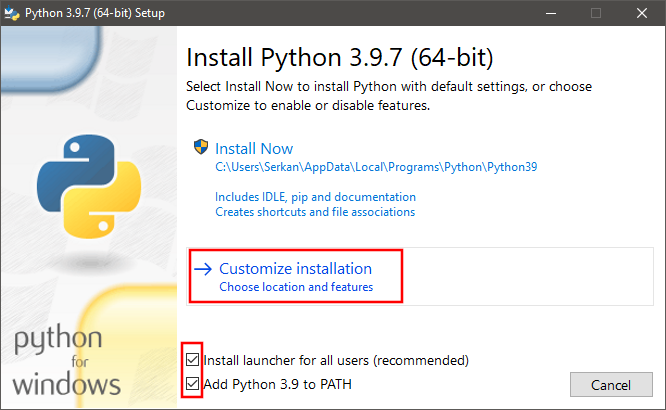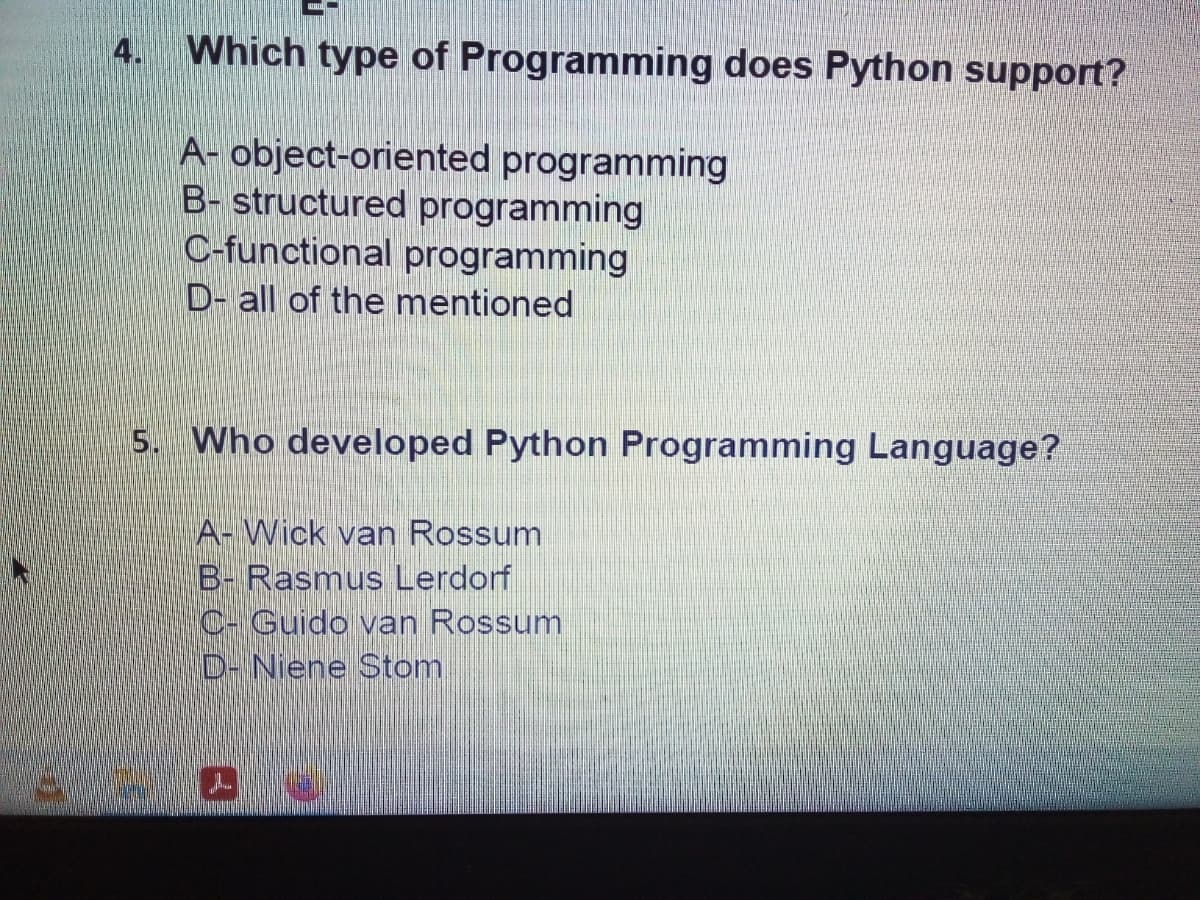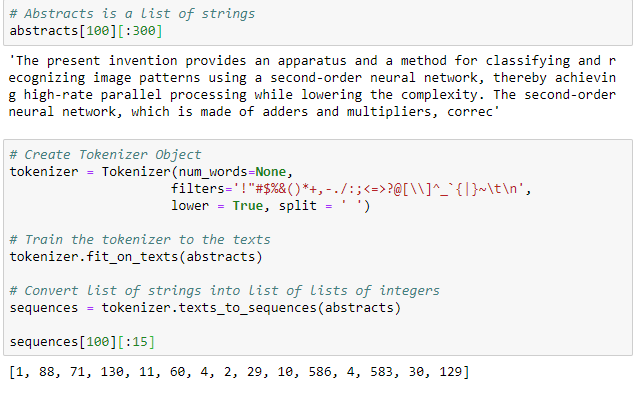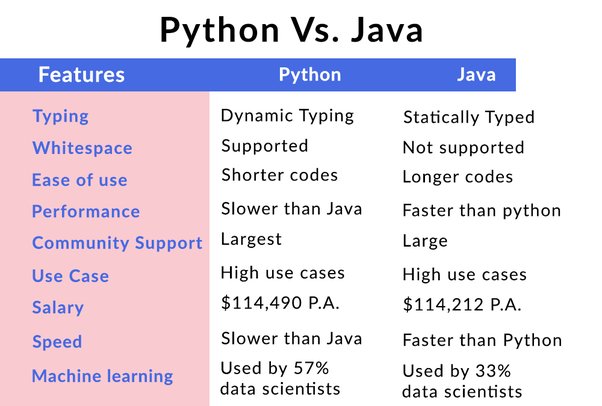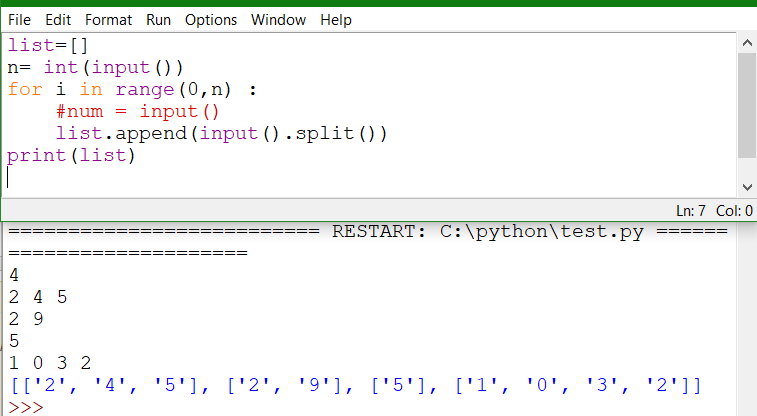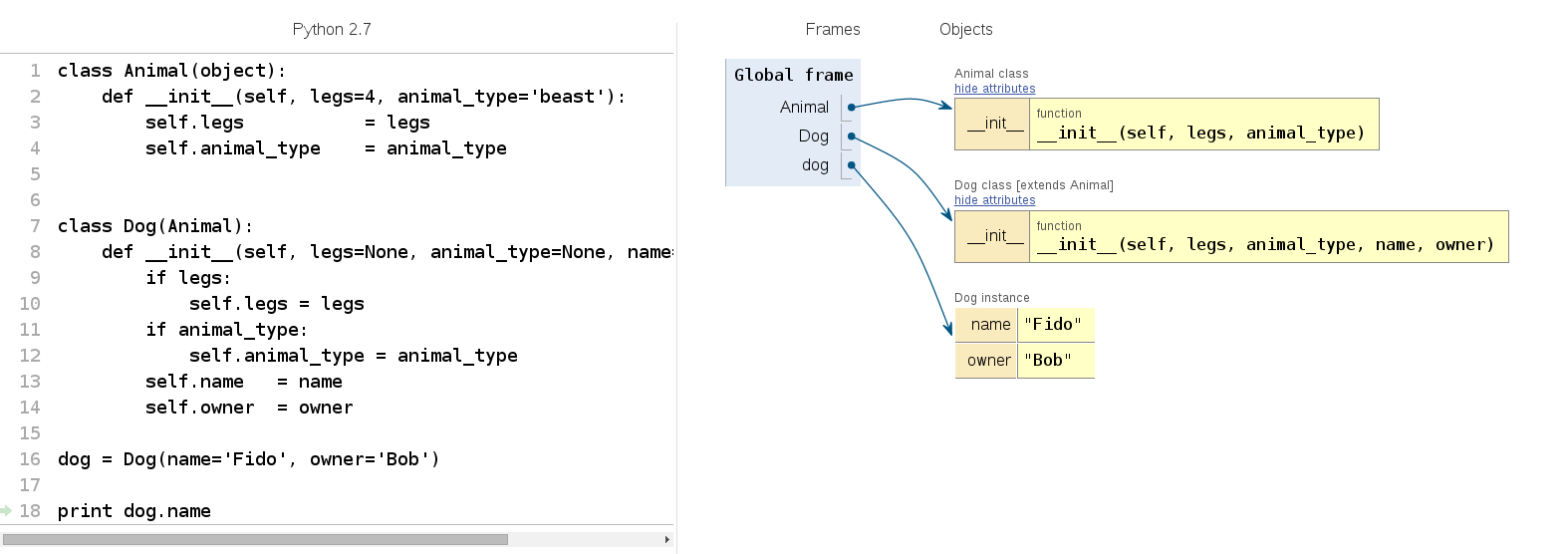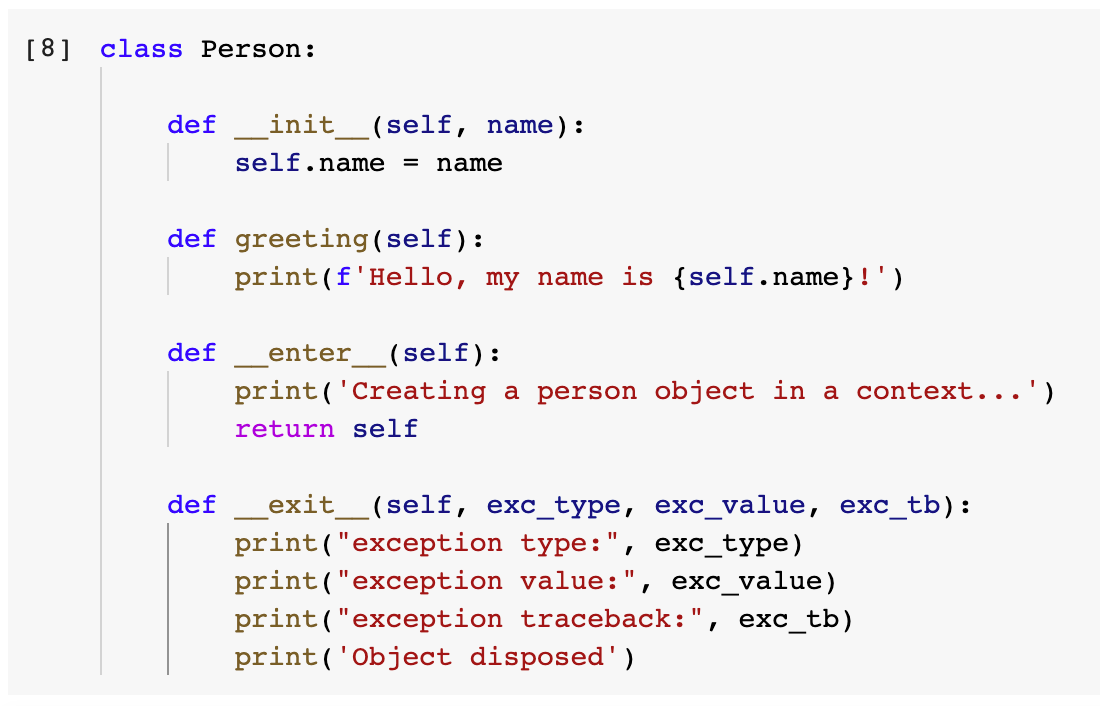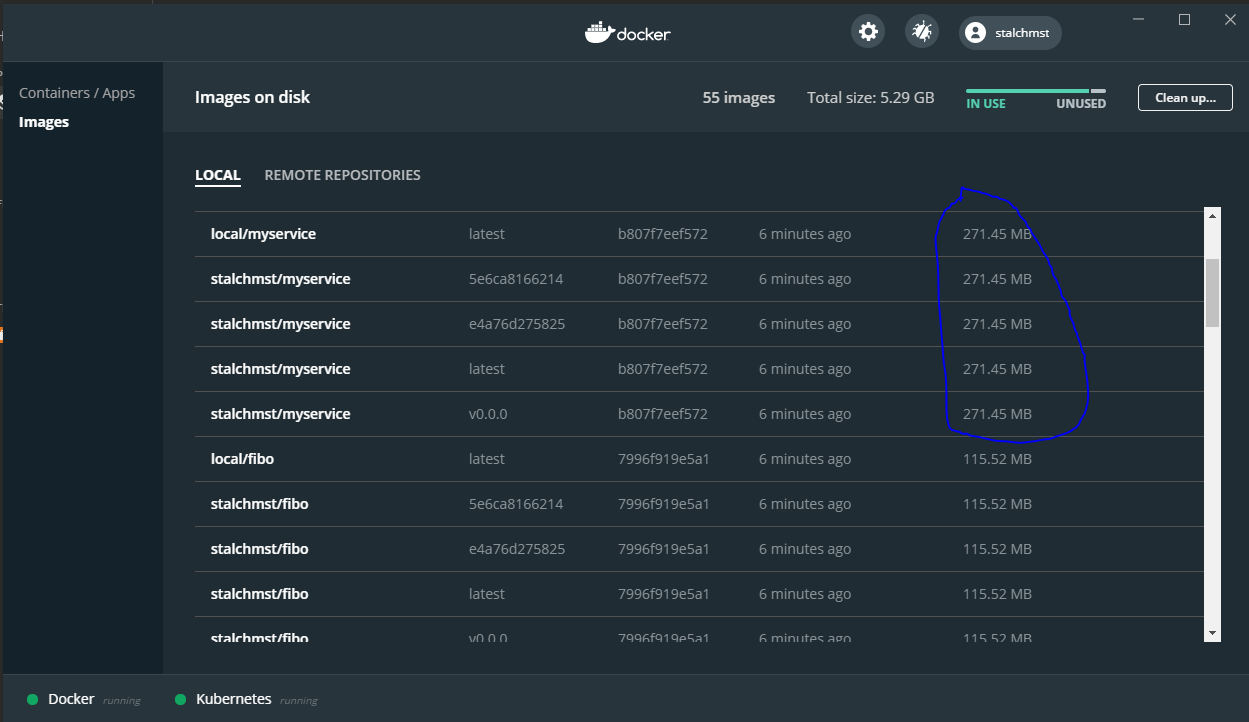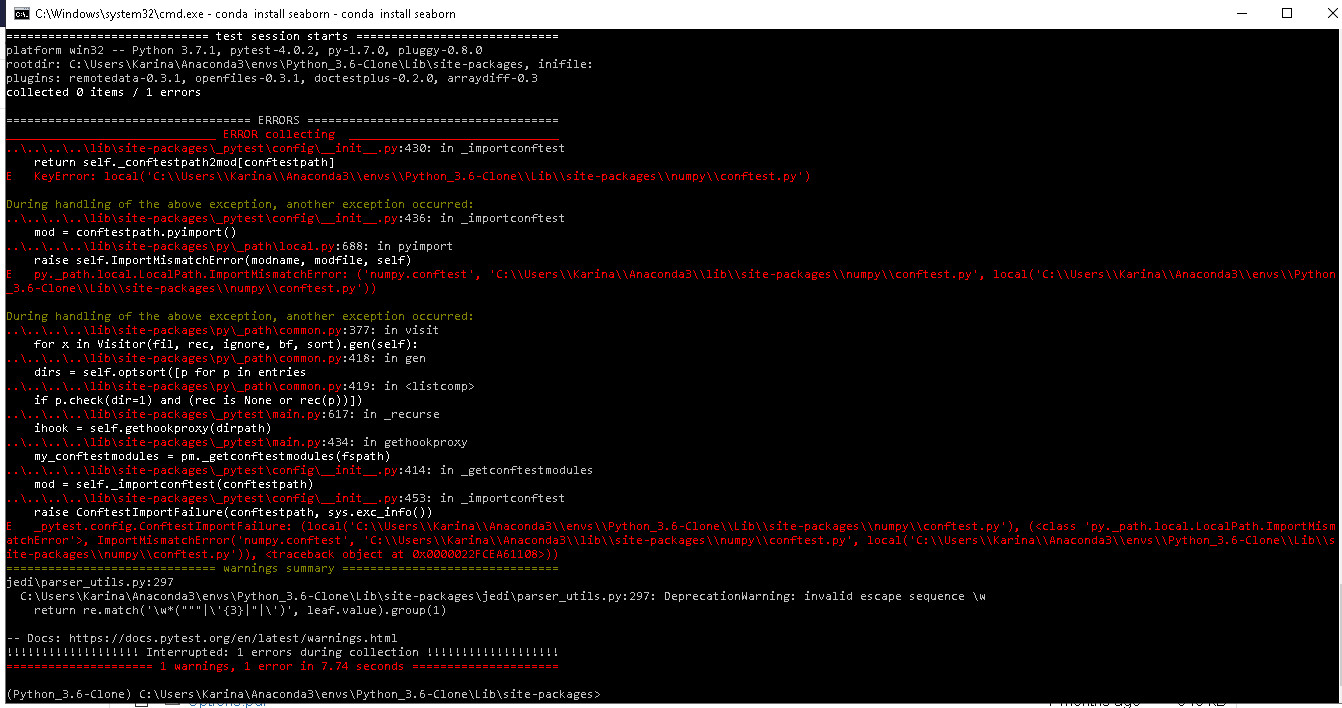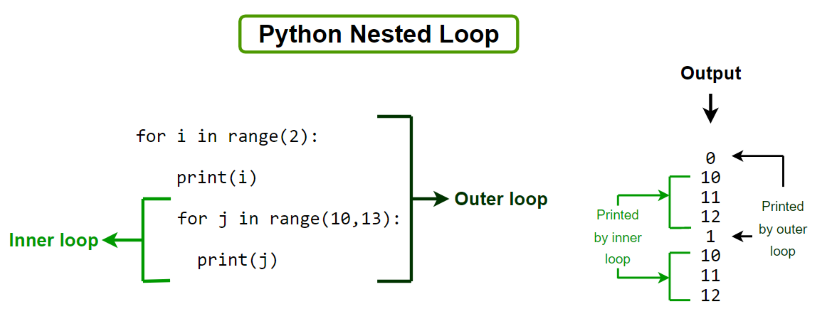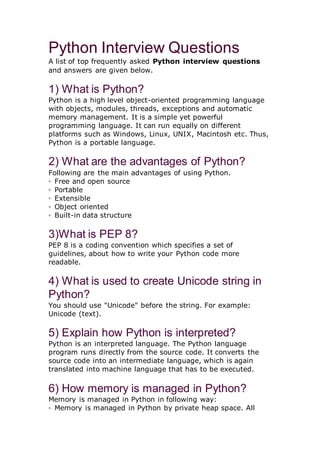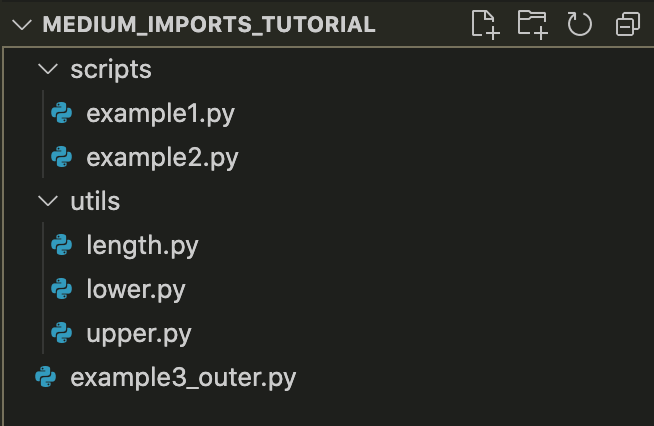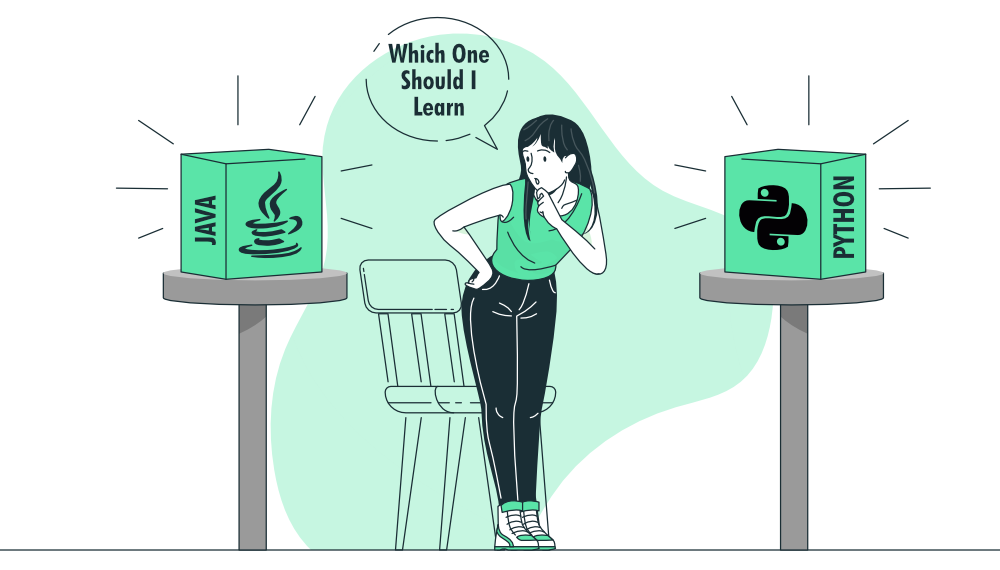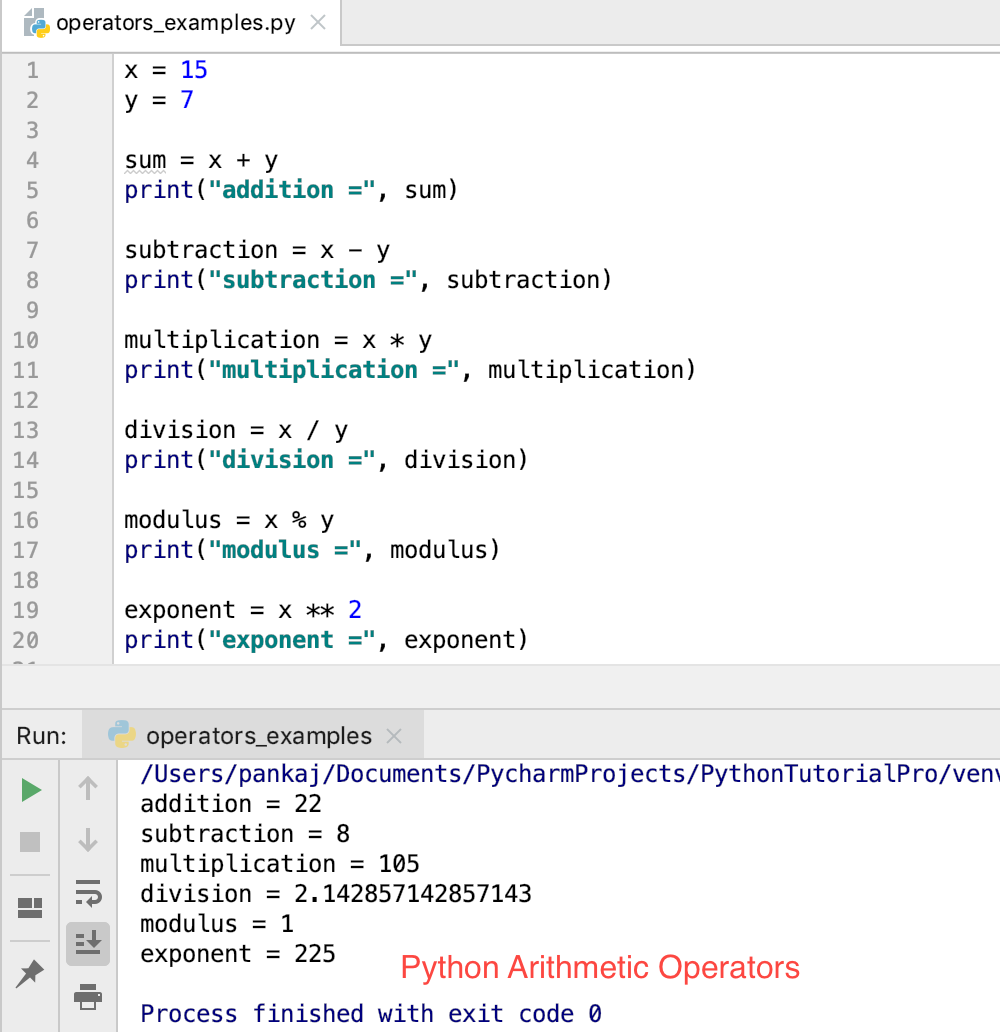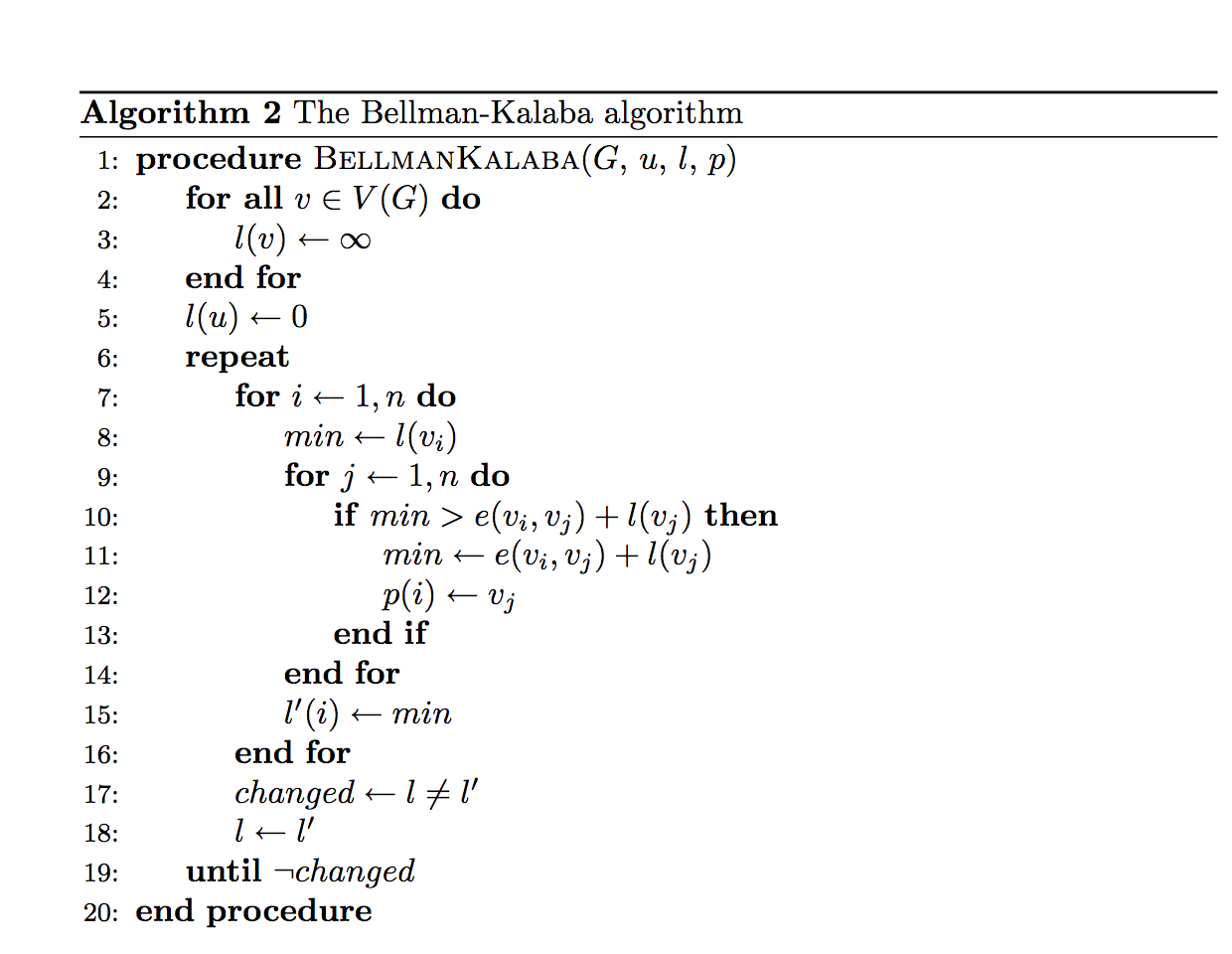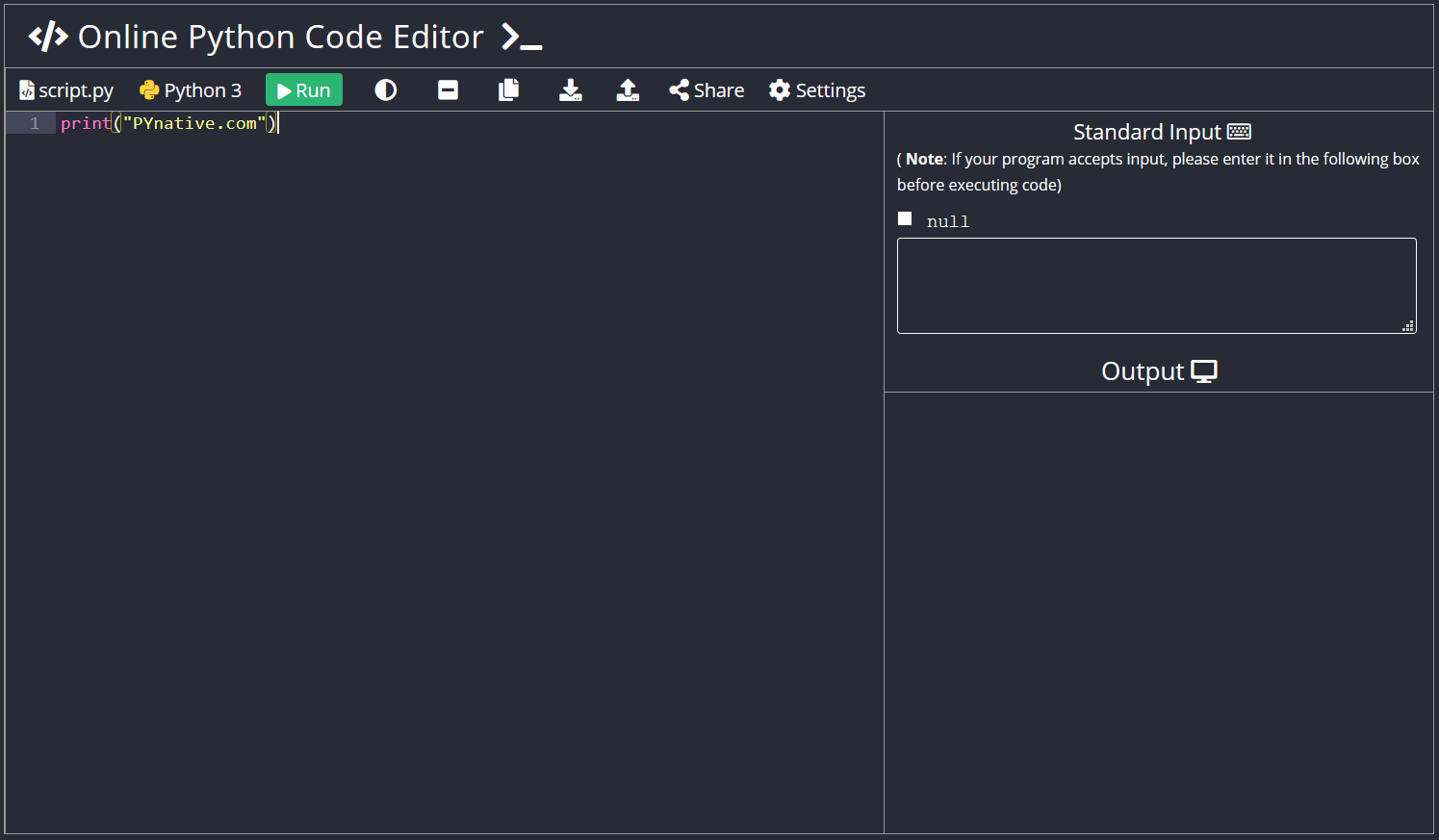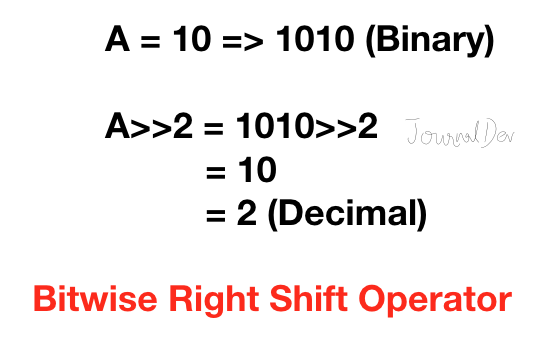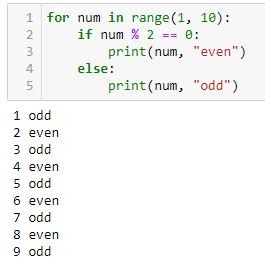Python threading module
Python threading module
I'd be happy to explain the Python threading module!
What is the Threading Module?
The threading module is part of the Python Standard Library, which allows you to create multiple threads of execution within a program. This means that your program can do more than one thing at once! Threads are lightweight processes that share the same memory space as the parent process.
Why Use the Threading Module?
You might want to use the threading module if:
Concurrent Execution: You want to perform multiple tasks concurrently, but they don't need to communicate with each other. Background Tasks: You have tasks that can run in the background while your main program continues executing.Basic Concepts
Before diving into the code, let's cover some basic concepts:
Thread: A thread is a separate flow of execution within a process. Each thread has its own memory stack and program counter. Main Thread: The main thread is the primary thread that runs your program's main() function. Thread Object: You create a Thread object to start a new thread.Creating Threads
Here's an example of creating threads:
import threadingdef worker():
print("Worker Thread")
for i in range(5):
print(f"Worker: {i}")
print("Worker Done")
threads = []
for i in range(3):
t = threading.Thread(target=worker)
threads.append(t)
for t in threads:
t.start()
This code creates three separate threads that each execute the worker() function. Each thread prints a message, then loops five times and prints another message.
Thread Synchronization
When multiple threads access shared resources, you might need to synchronize them using locks (mutexes), condition variables, or semaphores. For example:
import threadinglock = threading.Lock()
def worker():
with lock:
print("Worker: Acquired Lock")
This code demonstrates a simple lock that ensures only one thread can execute the code within the with block at a time.
Thread Joining
To wait for all threads to finish, you can use the join() method:
for t in threads:t.join()
print("All Done")
This code waits until each thread has finished executing before continuing with the main program.
Real-World Applications
The threading module is useful in many scenarios:
Web Scraping: You can use threads to fetch web pages concurrently, improving overall speed. File Processing: Threads can help process large files more efficiently by distributing the work among multiple threads. Game Development: Threading can enhance game performance by handling different tasks simultaneously (e.g., rendering, physics, and audio processing).Conclusion
Python's threading module provides a powerful way to create concurrent execution paths within your program. By understanding basic concepts like thread objects, synchronization, and joining, you can effectively use threads to improve the responsiveness and overall performance of your applications.
That's it for this brief introduction! Do you have any specific questions about the threading module or would you like me to elaborate on certain topics?
Python threading vs multiprocessing
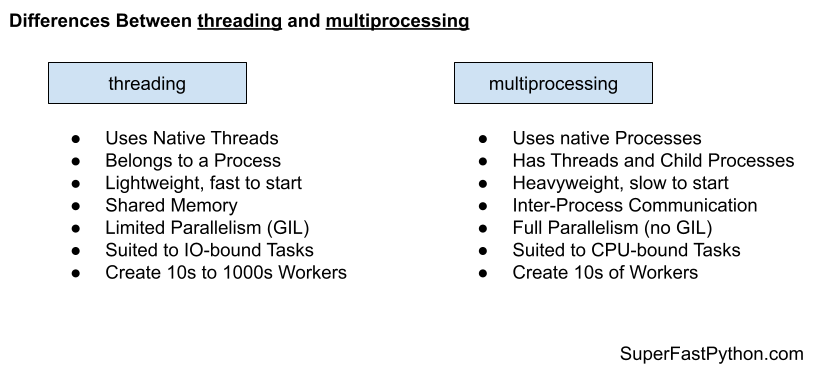
The age-old debate! Python's threading and multiprocessing modules are two distinct approaches to achieving concurrency and parallelism in your code, each with its own strengths and weaknesses.
Thread-based concurrency (Python threading module)
In Python, threads are a way to achieve concurrent execution of multiple tasks within the same process. The threading module provides a high-level interface for creating and managing threads. When you create a new thread, it runs concurrently with the main program, allowing your code to perform I/O-bound operations (e.g., reading files or network requests) or CPU-intensive computations simultaneously.
Pros:
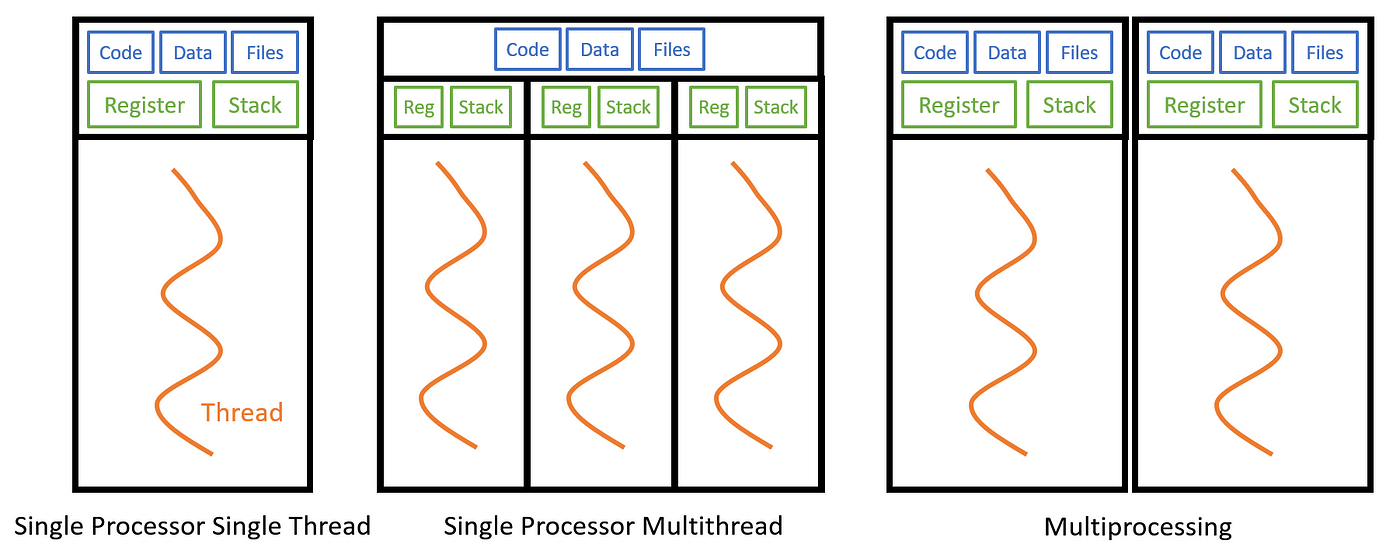
threading module provides a simple API for creating and managing threads.
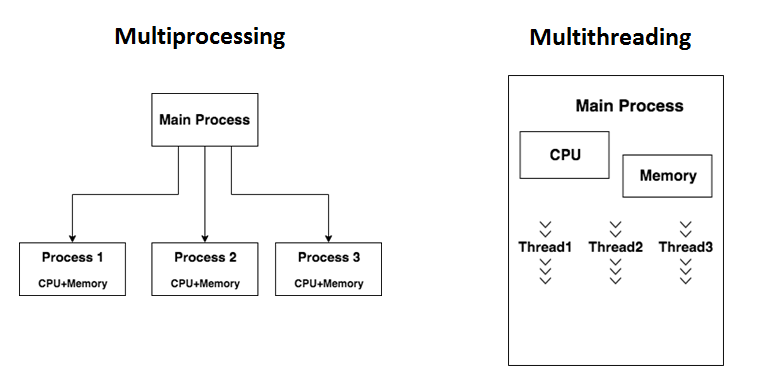
Cons:
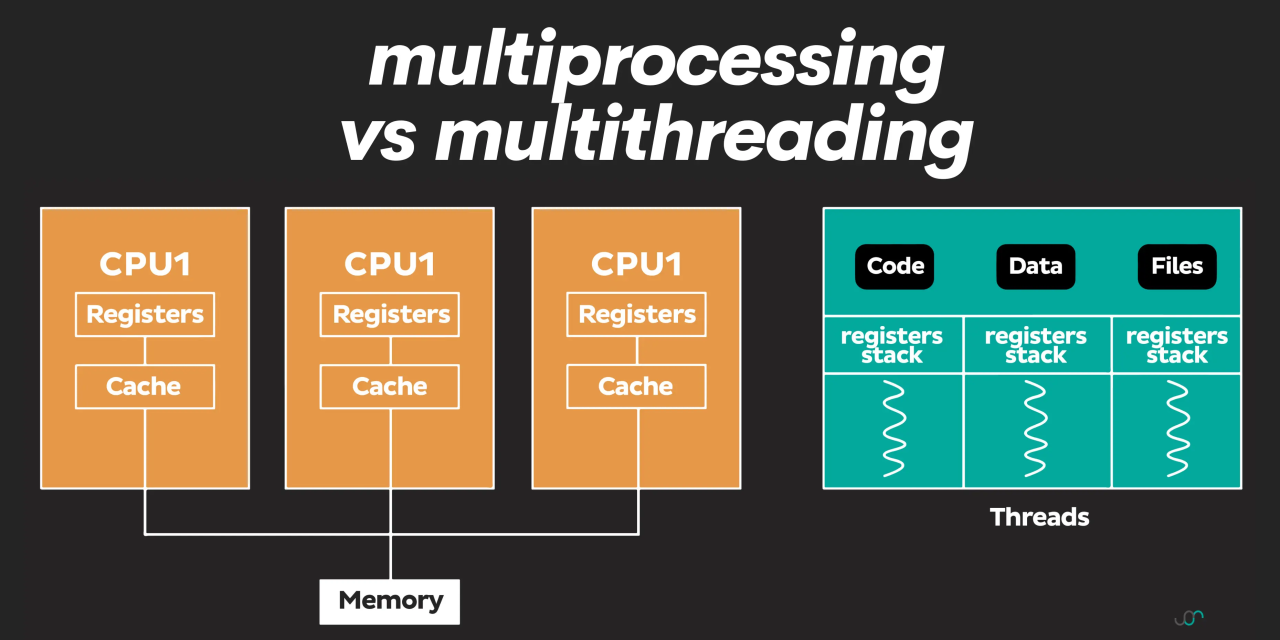
Process-based concurrency (Python multiprocessing module)
In Python, processes are separate execution contexts that allow for true parallelism and concurrent execution. The multiprocessing module provides a way to create and manage multiple processes, each with its own address space.
Pros:
True parallelism: Processes can execute concurrently, making them suitable for CPU-bound operations or large datasets. Scalability: Processes can be easily scaled up or down as needed, allowing your program to take full advantage of multi-core processors. No GIL limitations: Each process has its own Python interpreter, so you don't need to worry about the GIL's constraints.Cons:
Heavier weight: Processes are heavier than threads and require more resources (e.g., memory, CPU) to create and manage. More complex: Working with processes requires a deeper understanding of concurrency and process management. Communication overhead: Processes need to communicate through inter-process communication (IPC) mechanisms, which can introduce additional latency.When to choose each
Usethreading for: I/O-bound operations or simple CPU-intensive tasks Small-scale parallelism where threads are sufficient When you want to maintain a single Python interpreter context Use multiprocessing for: Large-scale parallelism or CPU-bound operations Complex computations that require true parallelism When you need to scale your program up or down as needed
In summary, while both threading and multiprocessing can be used for concurrency in Python, they serve different purposes. Thread-based concurrency is suitable for I/O-bound workloads or simple CPU-intensive tasks, while process-based concurrency is better suited for large-scale parallelism, true parallelism, and scalability. Choose the right approach based on your specific use case and requirements.

